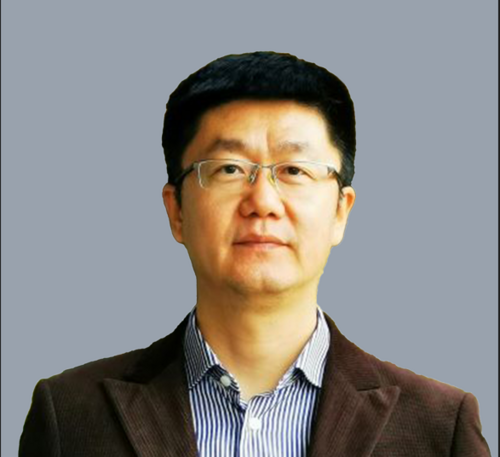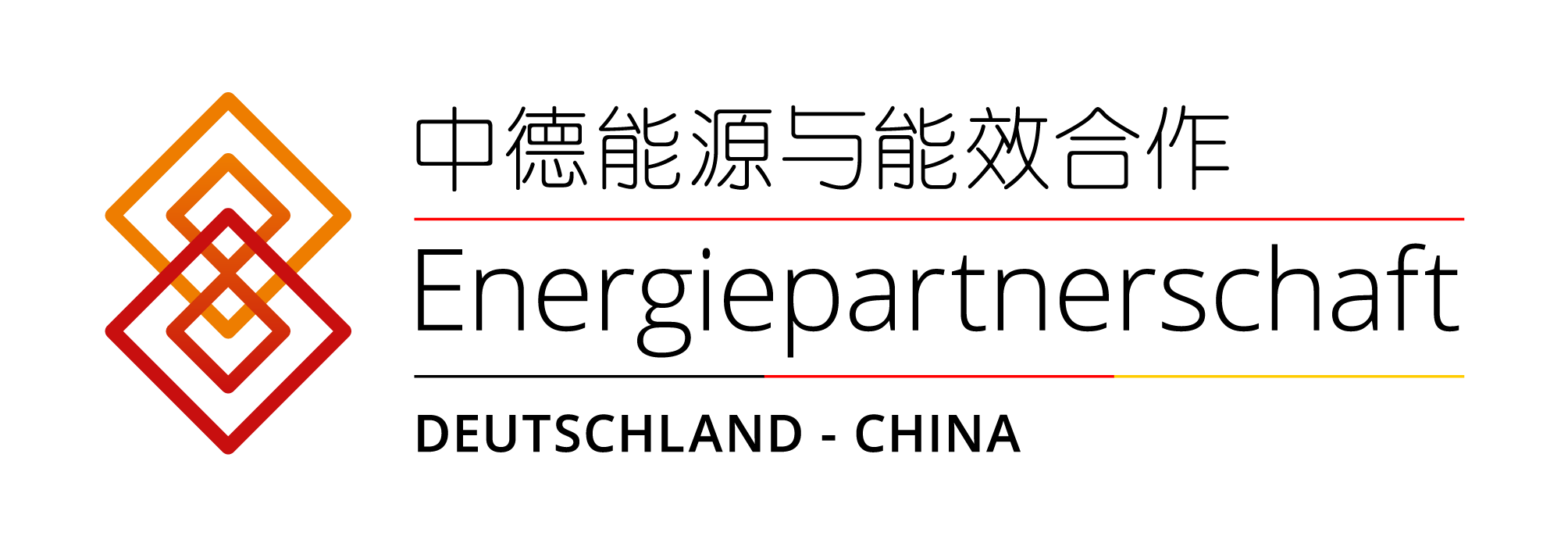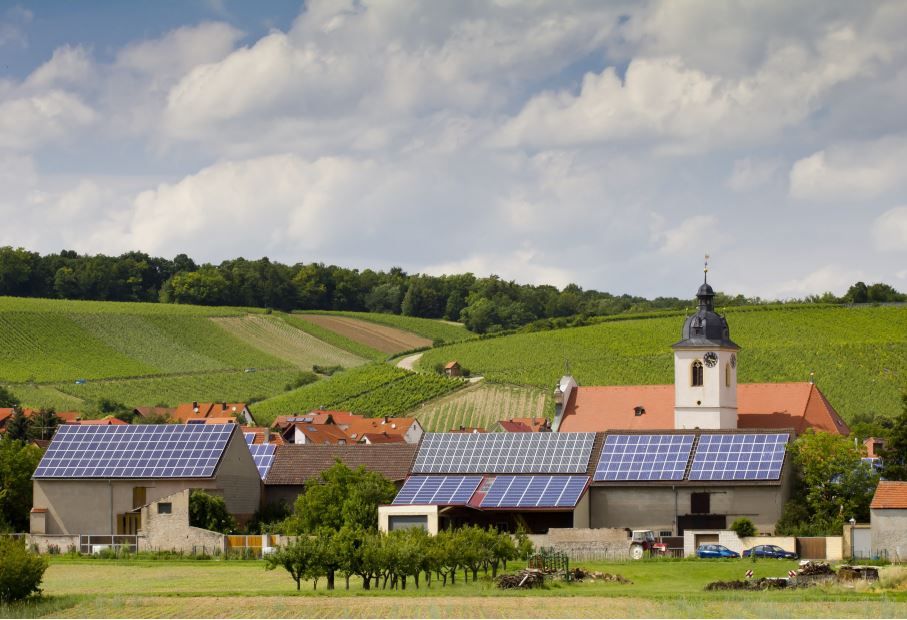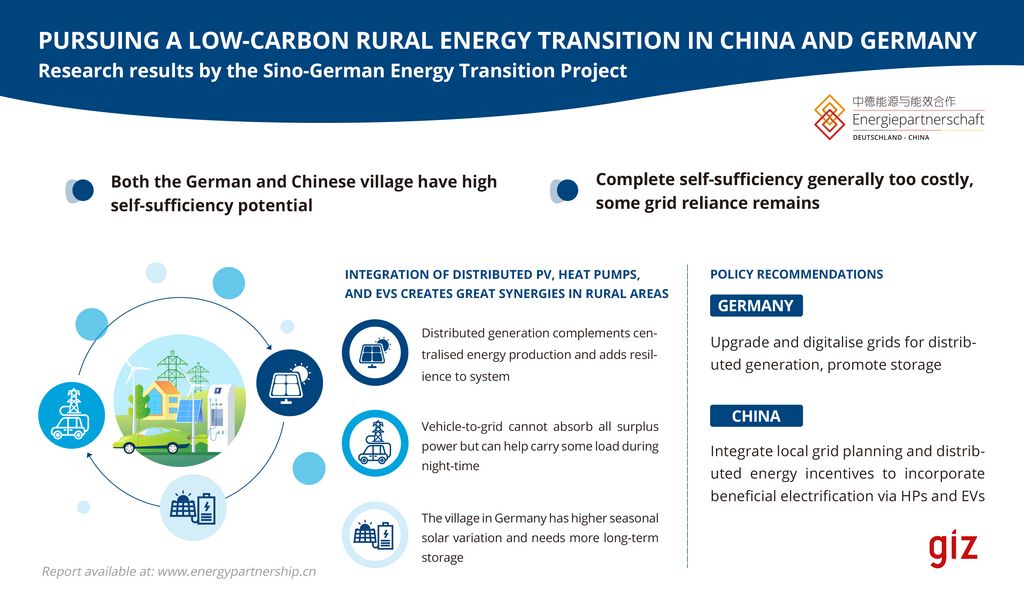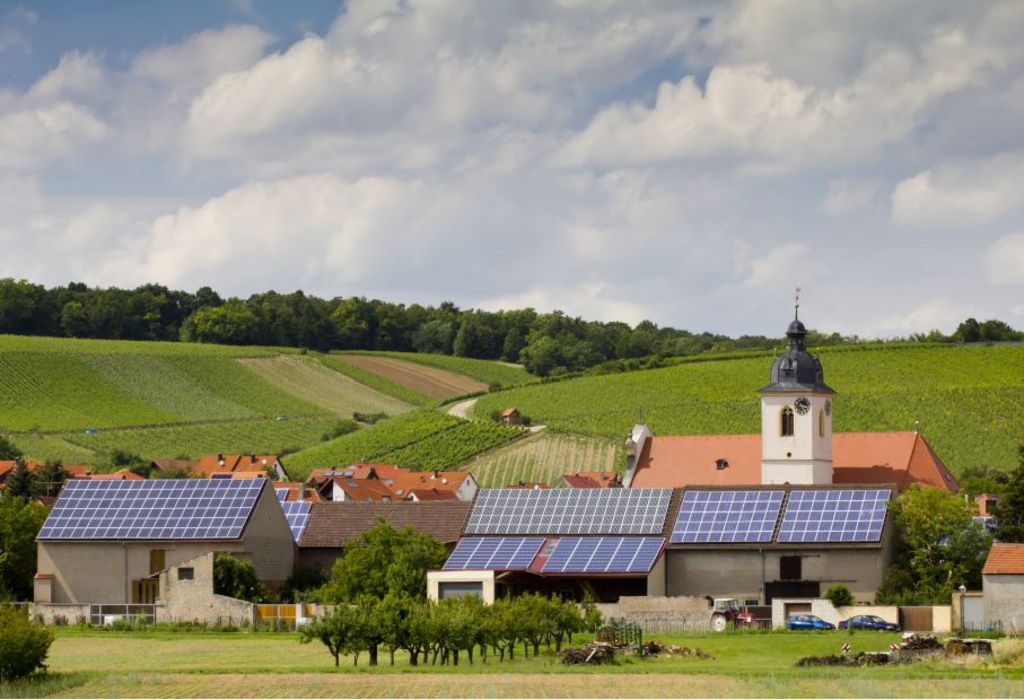Distributed energy and self-sufficiency are attractive in both Germany and China: In rural areas of Germany, adoption of distributed solar, electric vehicles, and heat pumps is likely to continue, giving the region high potential for energy self-sufficiency. Similarly, we find that Dongqiaotou has the potential to increase its self-sufficiency with EVs and PV, even as its energy consumption rises more rapidly due to rising incomes.
In Germany, heat pumps and insulation could help reduce impact of solar variability: Adoption of distributed clean energy also will make daily electricity supply and loads more volatile-given that PV could account for up to a fourth of local energy production and far exceed the total household monthly load in summer. Heat pumps and well-insulated German houses have high potential for smoothing household net loads. While heat pump adoption in Schwaig is presently low, 62% of homes could have heat pumps installed by 2035. EV adoption and timed charging could play a role, but it is far smaller given that the EV load is expected to be just 4-5% of total energy consumption, compared to 16-17% for heating and cooling. From this follows that it is important to create the technical and regulatory preconditions for flexible operation of heat pumps, which also may include storage, to make the best use of periods with solar power abundance. Germany’s solar production profile is also more seasonal than that of China’s Shandong province, implying a relatively greater need for seasonal balancing or seasonal energy storage technologies in the German rural case.
In China’s rural areas, distributed energy technology adoption is more uncertain, but has high potential: In China, bioenergy will continue to play a larger role in boosting the village’s renewable energy uptake. While there is uncertainty about adoption of distributed PV, heat pumps, or EVs, the scenarios and estimates in this study suggest that by 2030 these technologies are likely to have a significantly larger presence, particularly PV. Shandong’s solar production profile is less seasonal than Germany’s, meaning combining solar with storage should be relatively more attractive—whether provided via batteries or electric vehicles with vehicle-to-home or vehicle-to-grid technology. Heat pumps are already economical for those homes that require both cooling and heating, which includes Shandong province. Under the existing development model, in 2020 the village had a 16.8% energy self-sufficiency rate, representing the ratio of energy generated to energy consumed over one year. Under an optimistic development scenario, the energy self-sufficiency rates could reach 80.70% in 2025 and 126.16% in 2030.
Looking ahead – future development potentials and policy recommendations
The research in Schwaig and Dongqiaotou has shown that despite differences in economic development level and different stages of the energy transition in China and Germany, villages and rural areas in both countries have the potential to play significant roles in their countries’ energy transitions.
While self-sufficiency rates in the villages can reach quite high values, ultimately complete energy autarky is prevented by the fact that a large surplus of PV power can occur during the day but cannot meet demand at night. The misalignment of solar power abundance during the day and power demand before sunrise and after sunset could to some extent be compensated with storage, such as for hot water produced by heat pumps during the day, or battery storage for electricity. However, at current battery energy storage prices, capturing all the surplus power production would be uneconomical, even if technically feasible.
Rather than aiming for full self-sufficiency or island grid operation, a more balanced approach would target a combination of steadily increasing local renewable energy output, gradually upgrading local grids, and incentivizing smoothing peak loads via smart adoption of heat pumps and EV smart charging. Such an approach offers several advantages. Villages can drastically cut their dependence on power and fuel imports, and can benefit from lower power prices at night for the demand they cannot meet with their own resources. This frees up household means previously tied up in energy spending for other purposes such as education, investment, or domestic consumption, that are beneficial for rural development and standard of living.
In Germany, operators should adjust grids to a growing infeed from many distributed installations and strengthen their ability to feed power into higher-voltage grids. This also includes digitalisation of infrastructure, so that grid companies can manage an increasingly decentralised and variable power system flexibly and rapidly. Incentives for owners of distributed PV should promote self-consumption or feed-in during times of peak load—and encourage grid-friendly operation of such systems.
Incentive structures should promote storage by reducing or fully eliminating any costs for storing surplus power and enable owners of storage to sell balancing power as ancillary service in times of high-power demand. Vehicle-to-grid could play a certain role to carry over surplus power into times without or with low PV power generation, ideally reducing costs for the grid. However, vehicle-to-grid requires a range of technical conditions both in cars and in charging infrastructure and will need a clear and supportive legal and market framework to work in a grid-friendly way. Pilot projects and political initiatives could promote this.
In China, it is important to expand and adjust distribution grids to enable more feed-in of distributed renewable energy. Grid operators should coordinate their planning with communities and jointly determine the expected additional renewable energy capacity in the planning timeframe. On the one hand, grid expansion must keep pace at acceptable cost; on the other hand, grid capacity bottlenecks should not impede further distributed renewable energy expansion.
Electrification of heating via heat pumps is an important part of the rural energy transition and is particularly attractive when combined with self-produced solar power and a degree of heat storage to provide heating at night. Due to the higher up-front costs of heat pumps, financial support and tighter building efficiency standards will likely be necessary to promote the technology. In rural areas, villagers could all but eliminate local need for energy imports if they adopt electric vehicles for two, three, four-wheelers), particularly if they charge vehicles during daytime when plenty of solar power is available.
Click here for further research results under the framework of the Sino-German Energy Transition project.










